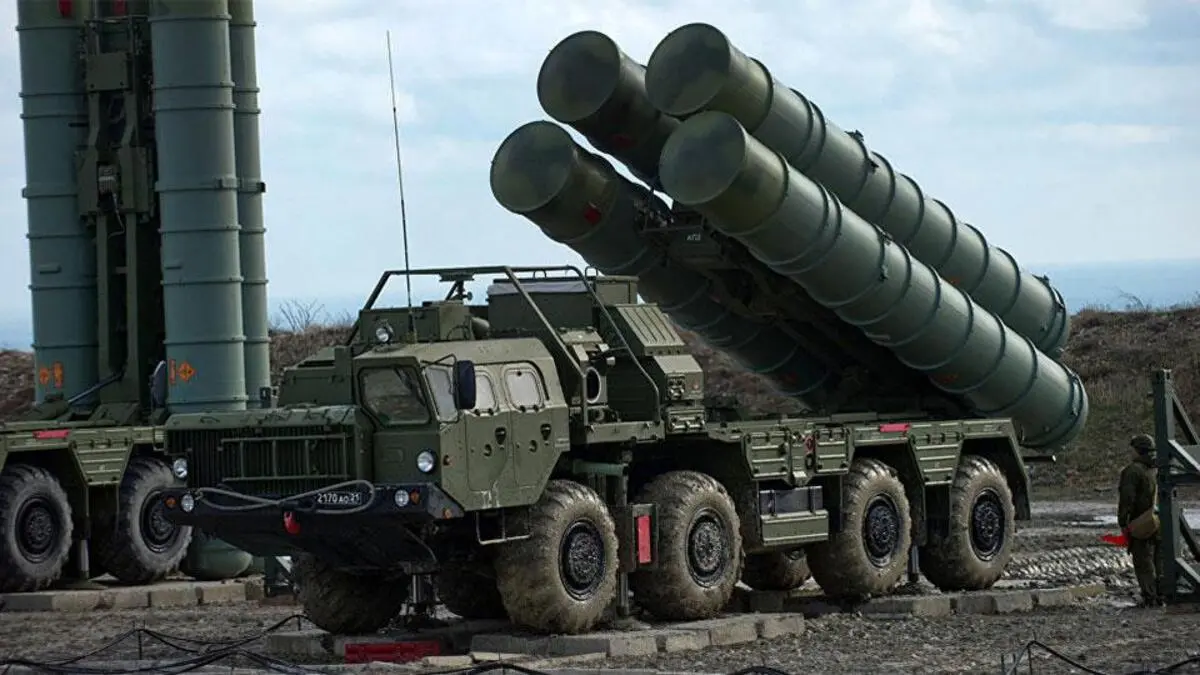Investigating Iran S-400 Triumf Rumors: Evidence Behind Possible Air Defense Deployment

Iran’s S-400 Triumf Rumors Ignite Debate: What Do We Really Know?
Initial Reports Spark Widespread Speculation
In recent days, online discussions have surged after claims emerged that Iran may have recently added the advanced S-400 “Triumf” missile system to its arsenal. These reports reference a purported operational display of the Russian-made long-range air defense technology near Isfahan, a notable central city in Iran. The story has rapidly drawn attention throughout defense analysis communities and security-focused platforms, as the S-400 is often cited for its sophisticated tracking capabilities and role in shaping strategic deterrence measures.
The S-400 Triumf—also recognized within military circles as one of the most formidable air defense tools available—brings with it significant connotations for any nation deploying it. At the heart of the story is the claim that a comprehensive S-400 battery, complete with advanced detection radars and launcher vehicles, may have been fielded in Iran. Observers reportedly noticed increased radar activity and associated military movements in the region, which some interpret as evidence of large-scale drills or equipment testing. Nevertheless, the scenario is complicated by the fact that official Iranian defense authorities have made no public acknowledgment, leaving the community reliant on external observers and uncorroborated outlets for details.
The S-400 System: A High-Value Asset in Modern Air Defense
The technology in question, the S-400 Triumf, represents the core of contemporary air defense for any military that adopts it. This platform is built to track, identify, and neutralize a wide spectrum of aerial threats—ranging from fighter jets to cruise and ballistic missiles—at significant ranges and altitudes. Designed to engage targets at distances up to 400 kilometers, it integrates multi-tiered defensive capacities, making it a sought-after system for nations seeking robust protection against airborne incursions. International attention often intensifies when rumors of the S-400’s deployment surface, as the technology is closely watched by global security analysts due to its transformative strategic potential.
Allegations about its presence in Iran suggest that, if substantiated, this move would represent a major shift in the country’s defense capabilities. Such deployments are carefully scrutinized, as the S-400’s operational use signals increased airspace control and potential recalibrations within regional power structures. The inclusion of advanced radar structures, such as the “Big Bird” acquisition radar and “Grave Stone” engagement radar, forms part of the battery’s multilayered design, offering heightened situational awareness and the ability to counter complex aerial maneuvers. Military commentators note that the presence of these components hints at advanced preparation and high-profile exercises, but again, verifiable details are limited at this time.
Critical Scrutiny and the Challenge of Reliable Information
As with many high-impact military developments, the reliability of the initial reports has become a key subject of discussion. Defense analysts stress the importance of discerning between substantiated events and unchecked speculation, especially when dealing with sources lacking established credibility. Heightened scrutiny is imperative, given the strategic weight attached to the S-400 and the security implications that would follow its confirmed inclusion in Iranian military operations.
Throughout recent reports, no conclusive publicly available evidence has directly confirmed the successful acquisition or operational integration of the S-400 system by Iran. This absence of official statements or independent verification requires observers and commentators to carefully weigh the available information. Signals activity and anecdotal accounts surrounding incidents near Isfahan have been noted, yet without transparent documentation from recognized authorities, these details must be interpreted within the broader context of ongoing information flows and potential misinformation risks. This situation underscores the perennial challenges facing defense media coverage: distinguishing genuine advances from unverified or exaggerated assertions.
Terminology and Association with Regional Military Dynamics
Within military terminology, terms like “surface-to-air missile system,” “integrated radar,” and “air defense battery” are central to understanding the news trajectory. An integrated air defense solution such as the S-400 comprises high-powered detection radars, command and control modules, and multiple launch platforms working in unison. The importance of missile defense in regional balance is seen in the reaction such reports generate, especially when Middle Eastern security topics are involved. As a result, any mention of new missile systems—even with unclear confirmation—tends to ripple across international defense analysis, with close monitoring from both allies and rivals.
Notably, previous interest by regional actors in advanced air defense platforms like the S-400 has often been noted in the context of shifting diplomatic relations and evolving security concerns. In this environment, rumors about system deliveries can have far-reaching psychological and strategic impacts, shaping perceptions before official acknowledgments materialize. For this reason, readers and professionals alike are urged to stay attentive to updates from official military channels and recognized defense journals, which are best positioned to offer rigorously verified insights.
Pivotal Moments and Ongoing Developments
The central milestone at the heart of emerging discussion is the supposed operational test of the S-400, said to have occurred near Isfahan. If future corroboration arises, the event would set a precedent in the deployment of advanced defense technology in Iran. For now, however, the lack of clear-cut validation keeps the conversation in the realm of analysis and prudent observation. Transparent and validated information remains the standard for comprehensive assessments, and as such, ongoing monitoring is required before any definitive statements regarding the S-400’s operational status in Iran can be made.
In summary, reports of the S-400 Triumf system’s arrival and potential deployment in Iran have prompted extensive interest and speculation. The intersection of regional security, high-tech defense infrastructure, and information reliability is at the core of this developing story. Continued vigilance, critical assessment, and attention to authoritative updates are essential to maintain clarity as the situation unfolds.
